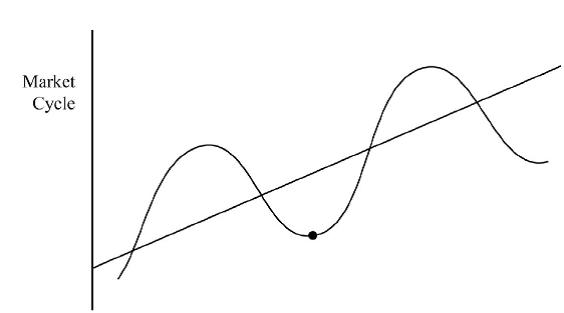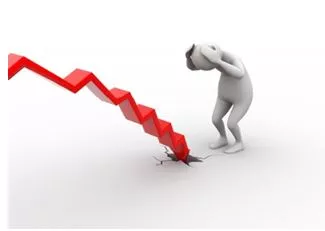
Investing is a process by which schematic purchases are made into assets that are expected to grow over a period. The objective of investing being to secure a financial future and achieve pre-defined milestones. It can be pursued with a good understanding of how the economy works. Condition of the economy give cues on which assets to own.
All Investments involve risk. Risk emanates from the uncertainty of the events that will take place in future. When everything is going well, life is smooth, majority make profit, risk is your best friend. When things go downhill investors lose money in hoards and risk bites. The challenges from risk become acute when significant amount of energy is spent on predicting the future outcome instead of preparing for diverse outcomes. Preparation involves positioning the portfolio in alignment with the trend. This has 4 major benefits – an appropriate price can be arrived for the asset purchased, the quantum of risk can be gauged, a realistic expectation of returns can be made and most importantly it makes the need for short term predictions redundant. Adequate preparation reduces the risk.
Cognizance of the cyclicality of asset prices forms the basis of understanding trends. Getting the trend correct increases the odds of success significantly. An economic cycle is defined as a period from trough to crest (in the graph below). Further each cycle is only a continuation of the previous cycles, there is no beginning or ending. In a progressive economy, a boom is responsible for a bust and similarly a bust eventually transforms into a boom. A good understanding regarding such cycles is essential for asset allocation, re-balancing, and eventual outperformance of the portfolio. Further as the scenario repeats it would not require to re-invent the wheel and develop strategies at every turn of the market.

Once an understanding is developed with regards to the ups and downs in the market the investor should chart out a rudimentary process that can be replicated over several time periods based on the cyclical nature of the economy, including reactions to shock-events. This should simply involve buying when prices are low and selling when they are high. Time tested metrics such as historical Price Earnings ratio, profitability margins, sector fundamentals, GDP growth and so on are some methods to quantify the present valuation levels compared to the past. Since investing is not a scientific process each cycle is confronted with different degrees of euphoria and pessimism. This would require adequate room for a margin of error/safety. The process should judiciously maintain balance between risk aversion and risk tolerance. Allocation of cash becomes an important decision while making an investment. Knowing what you own and how much you can afford should be clear even before starting to invest.
Voracious lateral reading on several subjects helps more often than financial statements. It is imperative to understand how we got here to evolve better in the future. In times such as now (where frenzy rules and the uptrend appear to continue forever), often the compensation for the risk taken is bare minimum or negative. Predictability of an outcome has a certain probability which increases or decreases by correctly gauging the point at which we are in the market cycle. Quoting the legendary Howard Marks “How you deal with cycles is one of the most important things in investing. Cycles will happen to you. What you do in response is key”



